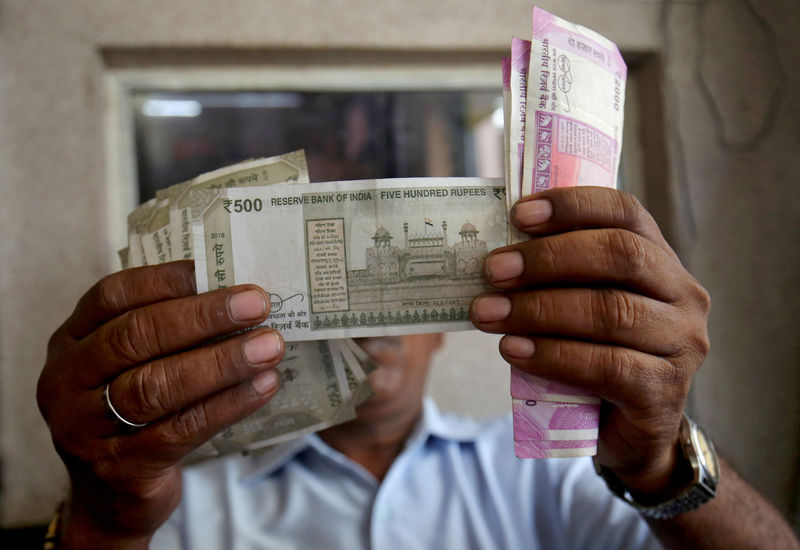(Bloomberg Opinion) -- India, not long ago the world’s fastest-growing major economy, is struggling. Growth has plummeted to 5% — well below potential and not nearly enough to employ the millions of young Indians entering the workforce every year. Lending has slowed to a trickle, as has consumer demand. Voices across the political spectrum say the last thing the country can afford now is to lower its trade defenses. In fact, that’s exactly what’s needed.
India’s immediate question is whether to join the Regional Comprehensive Economic Partnership, which if completed would represent the world’s biggest free-trade agreement. Fifteen other nations — Australia, China, Japan, New Zealand, South Korea and the 10 members of the Association of Southeast Asian Nations — appear ready to conclude nearly 30 rounds of negotiations when they meet this weekend in Bangkok. India is the main holdout.
Although the agreement’s ambitions have been scaled back since talks began in 2012, it would nevertheless encompass about 40% of global gross domestic product and 45% of the world’s population. At a time when governments have been raising more barriers to trade than they’re lowering, announcing a deal would give proponents of deeper global integration a welcome boost.
Critics say joining RCEP would open up India to a flood of cut-rate Chinese goods, not to mention cheaper dairy products from Australia and New Zealand, worsening an already large trade deficit. Their objections reflect a more deep-rooted suspicion of free trade, one that’s shared by many factions within the ruling coalition. Despite Prime Minister Narendra Modi’s rhetoric about economic reform, his administration has adopted an increasingly protectionist stance.
That’s a mistake. At this stage in its development, India needs more trade, not less. As country after country in East Asia has demonstrated, integrating into global value chains is a proven route to prosperity. The process raises productivity, boosts output, creates jobs and ultimately stimulates demand. The World Bank notes that joining such production networks increases per-capita incomes 50 times as much as standard trade does. There are few other plausible ways for India, which despite its size accounts for less than 2% of global merchandise exports, to employ its burgeoning population and make the transition from an agriculture-based economy.
It’s important to remember, too, that joining RCEP would lower barriers not just to finished products, but also to the cheap Chinese inputs needed to boost India’s manufacturers. It would send a signal that India embraces rather than fears globalization, which would reassure companies that have heard too much recently about import substitution and protecting domestic industries. And it would help India to capitalize as factories shift production out of China due to rising labor costs and trade frictions with the U.S.
Most important, lowering trade barriers would force India to compete. Much still needs to be done to make the country an attractive place to manufacture. Laws need to be changed so that companies can more easily acquire land and hire and fire workers. Investors are still deterred by India’s red tape, corruption, clogged courts, uncertain policy-making and overzealous tax officials. Although RCEP wouldn’t directly mandate internal reforms, the pressure of added competition would hopefully spur change.
Modi has long sought to portray himself as both a reformer and a global statesman. A bold decision in Bangkok would not only shore up his reputation on both fronts — it would point India in the direction of recovery.
--Editors: Nisid Hajari, Timothy Lavin.
To contact the senior editor responsible for Bloomberg Opinion’s editorials: David Shipley at davidshipley@bloomberg.net, .
Editorials are written by the Bloomberg Opinion editorial board.
©2019 Bloomberg L.P.
